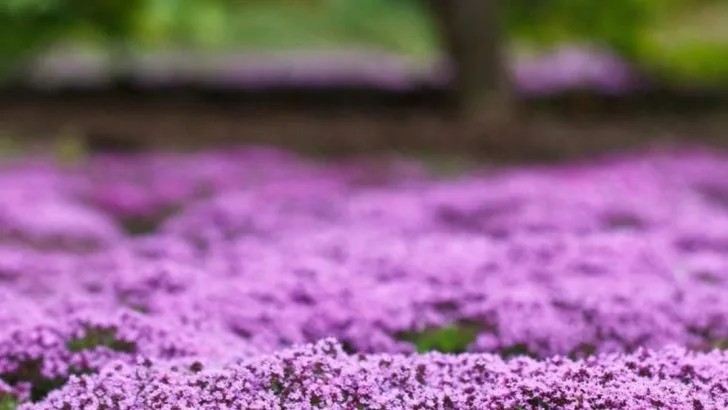If your yard has sloped areas, bare patches, or spots where rainwater constantly washes away soil, it might be time to fight back—with plants. The right ground covers don’t just fill in gaps, they help stabilize soil, prevent erosion, and create a more cohesive, low-maintenance landscape.
These 20 erosion-fighting plants are tough, fast-spreading, and often beautiful to look at. From deep-rooted natives to mat-forming creepers, they hold everything together—literally. Whether you’re working with sunny hillsides or shady slopes, there’s a solution on this list that can keep your yard intact and thriving.
Creeping Juniper
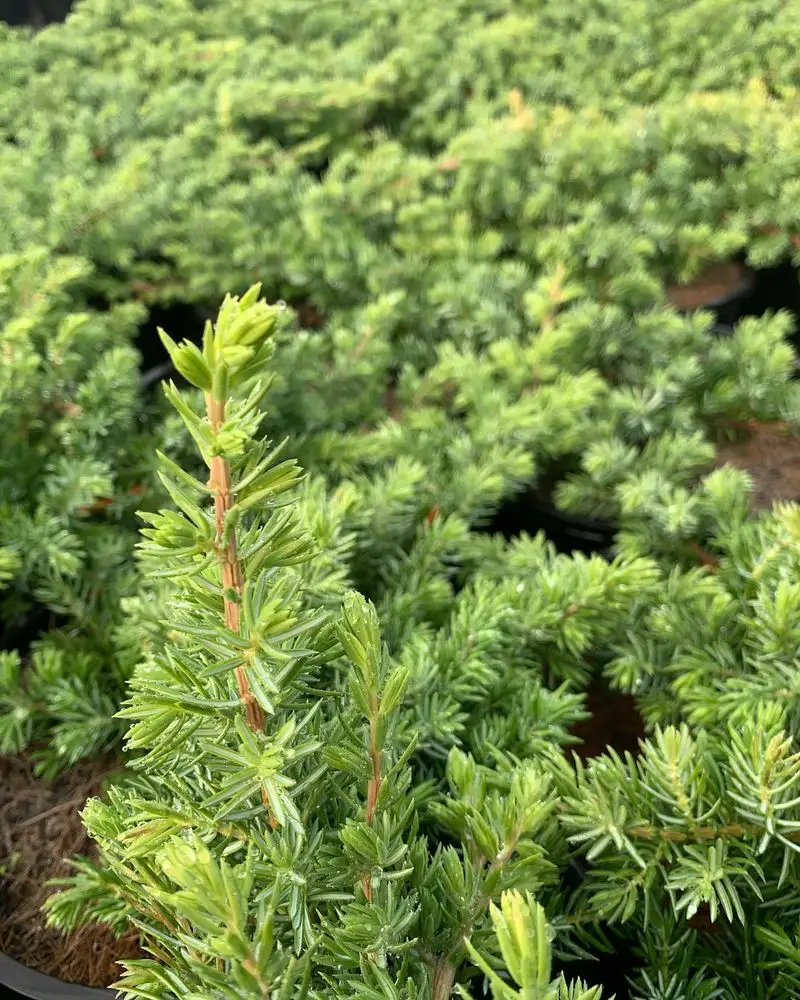
Creeping Juniper, with its feathery blue-green foliage, effortlessly clings to slopes, making it a stalwart against erosion. This hardy plant thrives in poor soil conditions, requiring minimal water once established. Its low-maintenance nature and ability to spread quickly across expansive areas make it ideal for large, open spaces. Imagine a carpet of evergreen that stays vibrant through winter, reducing the need for constant gardening chores. This versatile ground cover is also drought-tolerant, perfect for xeriscaping enthusiasts looking to conserve water.
Periwinkle (Vinca Minor)
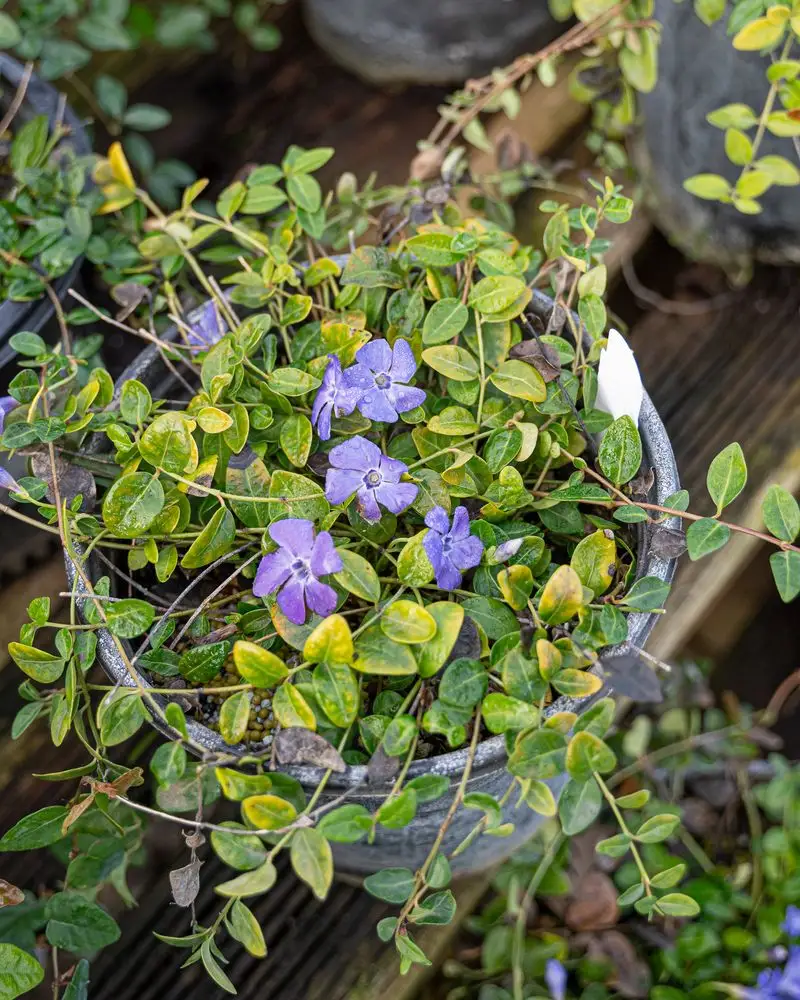
Periwinkle, or Vinca Minor, adds a pop of color with its periwinkle blue flowers and lush green leaves. As a shade-loving plant, it thrives under trees and in shadowy corners, where many other plants struggle. This ground cover is not just pretty; its vigorous spreading habit makes it an excellent choice for preventing soil erosion. Besides its aesthetic appeal, Periwinkle requires little maintenance, making it a favorite for those seeking a balance between beauty and effortlessness in their gardens.
Creeping Thyme
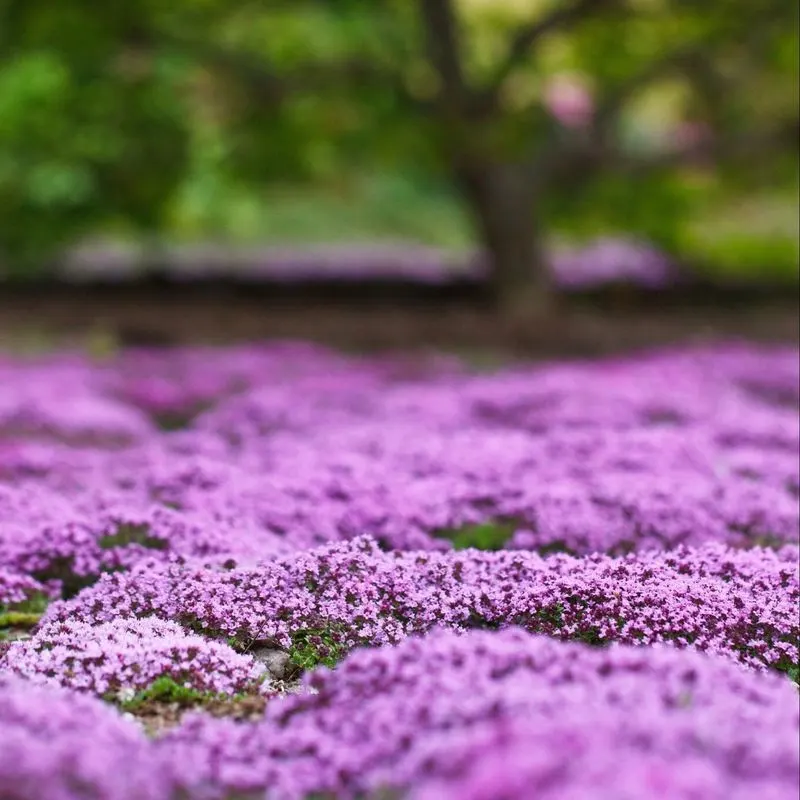
Creeping Thyme is more than just a culinary herb; its low-growing, mat-forming habit makes it a charming ground cover. With small, fragrant leaves and purple flowers, it attracts pollinators and adds sensory delight to any garden. Perfect for sunny spots, Creeping Thyme withstands foot traffic, making it a wonderful option for planting between stepping stones. Its resilience against drought conditions and ability to suppress weeds further enhance its appeal, offering a delightful, fragrant solution to soil erosion.
Sweet Woodruff
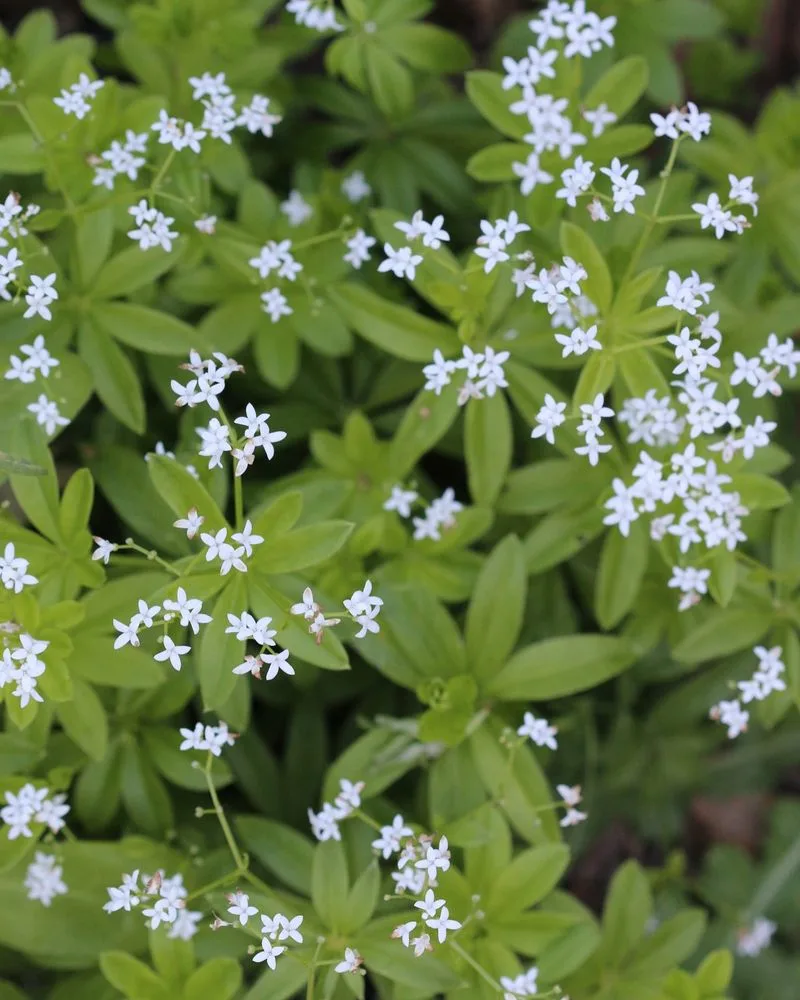
Sweet Woodruff offers a delicate beauty with its star-shaped white flowers and whorled green leaves. Known for its sweet scent, akin to freshly cut hay, it thrives in shaded areas, creating a lush, carpet-like effect. Its fast-spreading roots efficiently control soil erosion, especially in woodland gardens. This perennial is also deer-resistant, adding another layer of ease for gardeners. Whether planted in mass or used to soften the edges of a shaded path, Sweet Woodruff brings both fragrance and function to the landscape.
Creeping Phlox
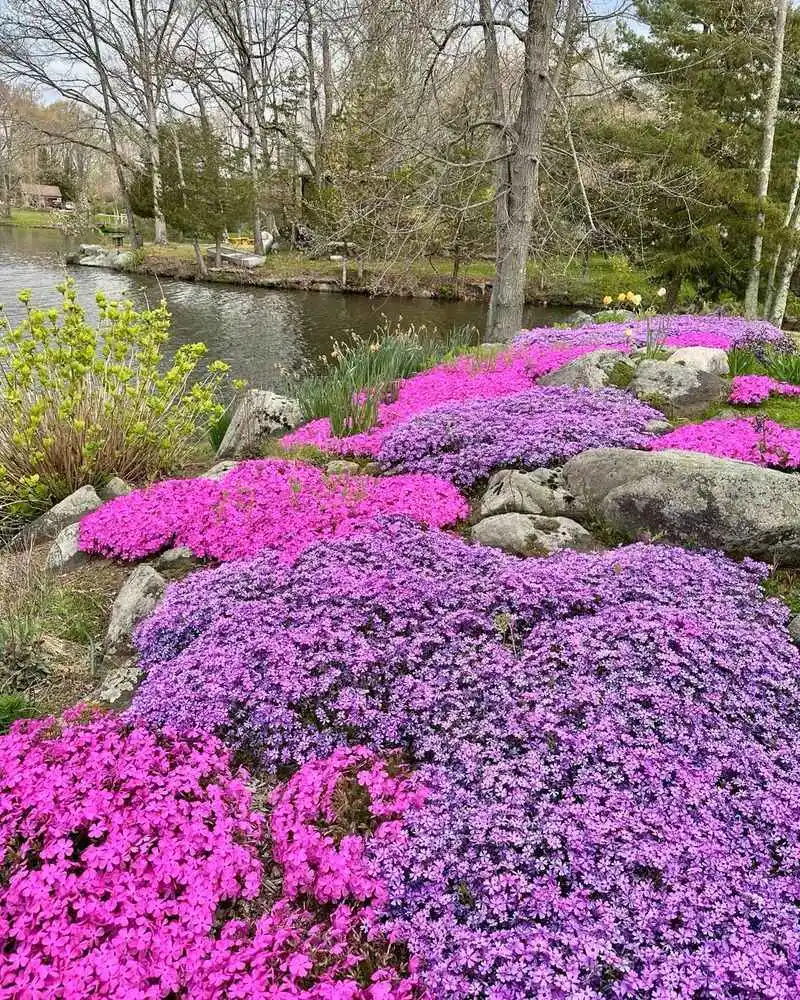
Creeping Phlox transforms landscapes with its vibrant spring blooms in shades of pink, purple, and white. This herbaceous perennial creates a dense mat that clings to slopes and rocky areas, curbing erosion with ease. Its evergreen foliage ensures year-round interest, while its floral display attracts butterflies, adding life and color to your garden. Ideal for sunny locations, Creeping Phlox is drought-tolerant and requires little maintenance once established, making it a gardener’s dream for controlling erosion naturally.
Ajuga (Bugleweed)
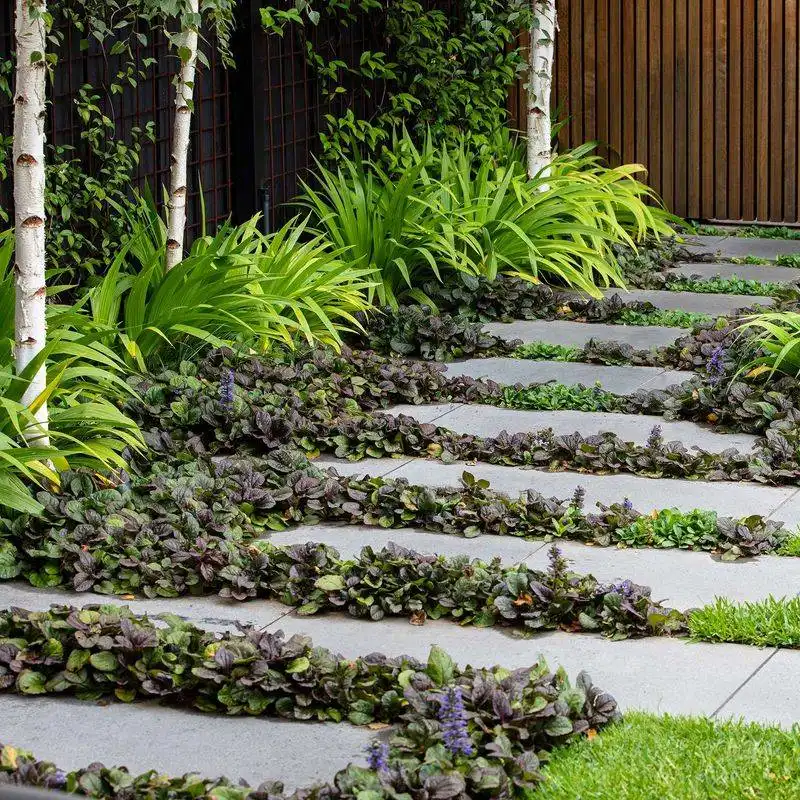
Ajuga, or Bugleweed, offers a striking ground cover with its glossy, deep green leaves and captivating purple-blue flower spikes. This hardy perennial thrives in both sunny and shaded areas, making it versatile for various garden settings. Its ability to spread rapidly allows it to effectively combat soil erosion on slopes and in challenging areas. Ajuga is also known for its deer resistance, offering a practical choice for wildlife-conscious gardeners. Its vibrant foliage and flowers create a visually appealing ground cover that requires minimal upkeep.
Liriope (Lilyturf)
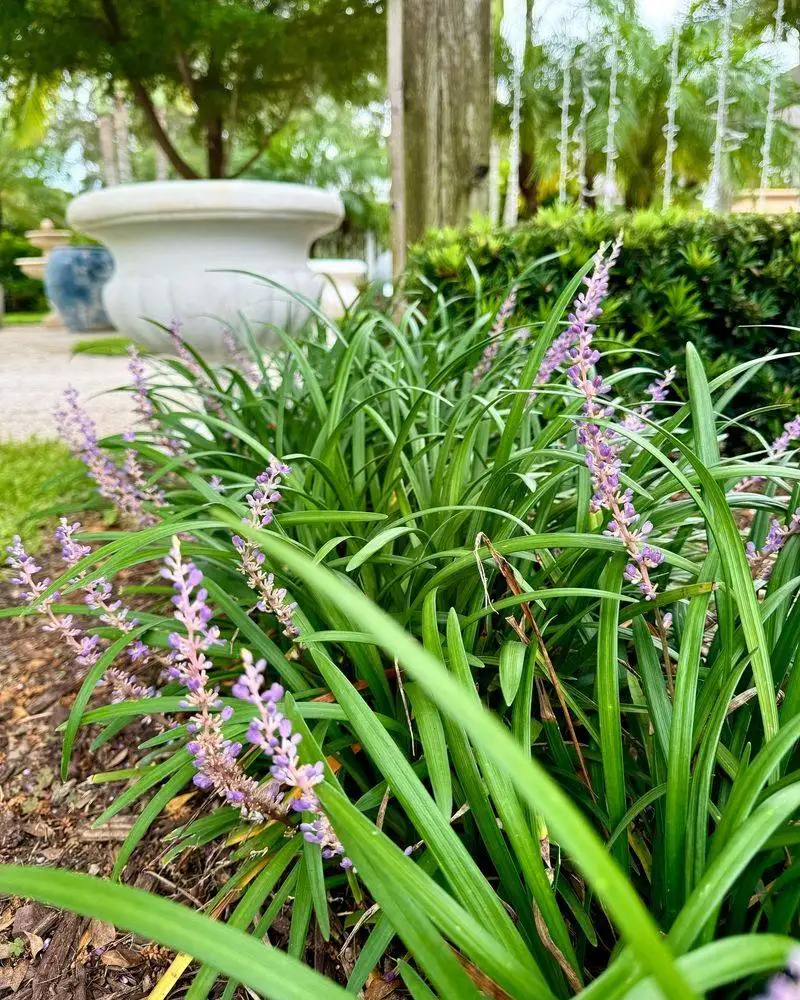
Liriope, commonly known as Lilyturf, presents a robust option for ground cover with its grass-like foliage and spikes of lavender-purple flowers. This perennial is adaptable to various soil and light conditions, making it an excellent choice for erosion control across different landscapes. Liriope’s dense root system helps stabilize soil, and its evergreen nature ensures visual interest throughout the year. Often used in borders or as a lawn alternative, Liriope adds texture and color without demanding much maintenance, making it a gardener’s ally.
Sedum (Stonecrop)
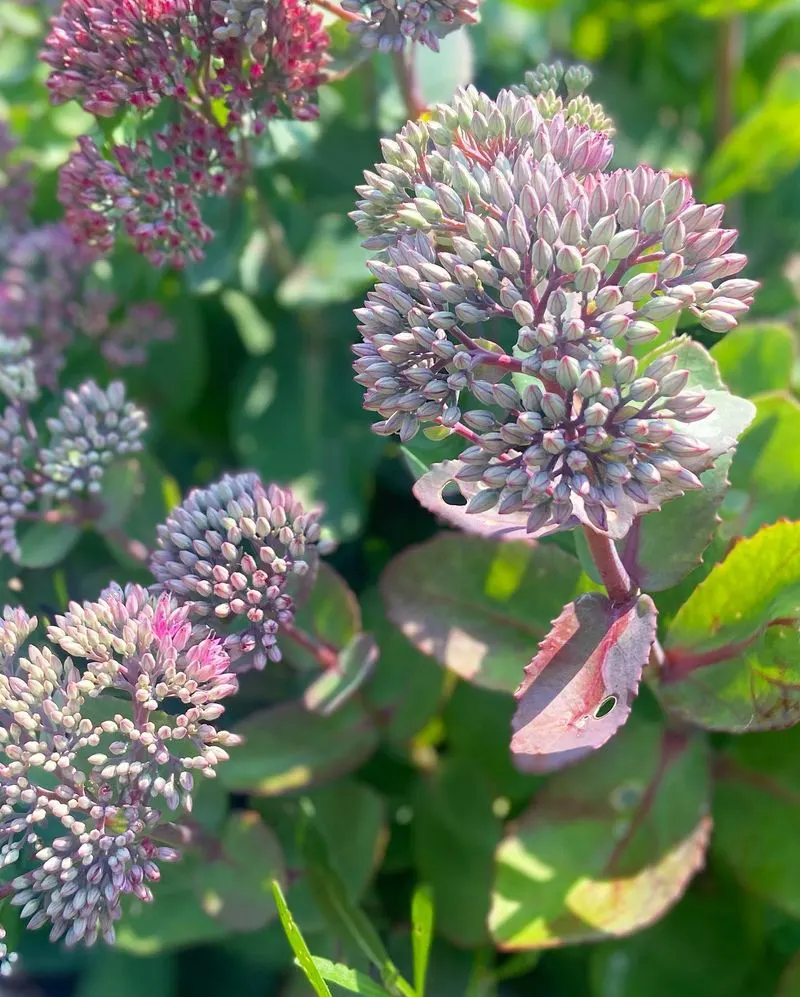
Sedum, or Stonecrop, is a succulent ground cover known for its hardiness and diversity. With fleshy leaves and a spectrum of colors, from green to red, Sedum thrives in dry, rocky conditions where other plants may falter. Its ability to store water in its leaves makes it drought-tolerant, an asset in erosion-prone areas. Sedum’s low-growing nature and spreading habit help secure loose soil, making it a practical choice for rock gardens or sunny slopes. Its vibrant foliage and occasional blooms add a touch of elegance to your outdoor space.
Pachysandra
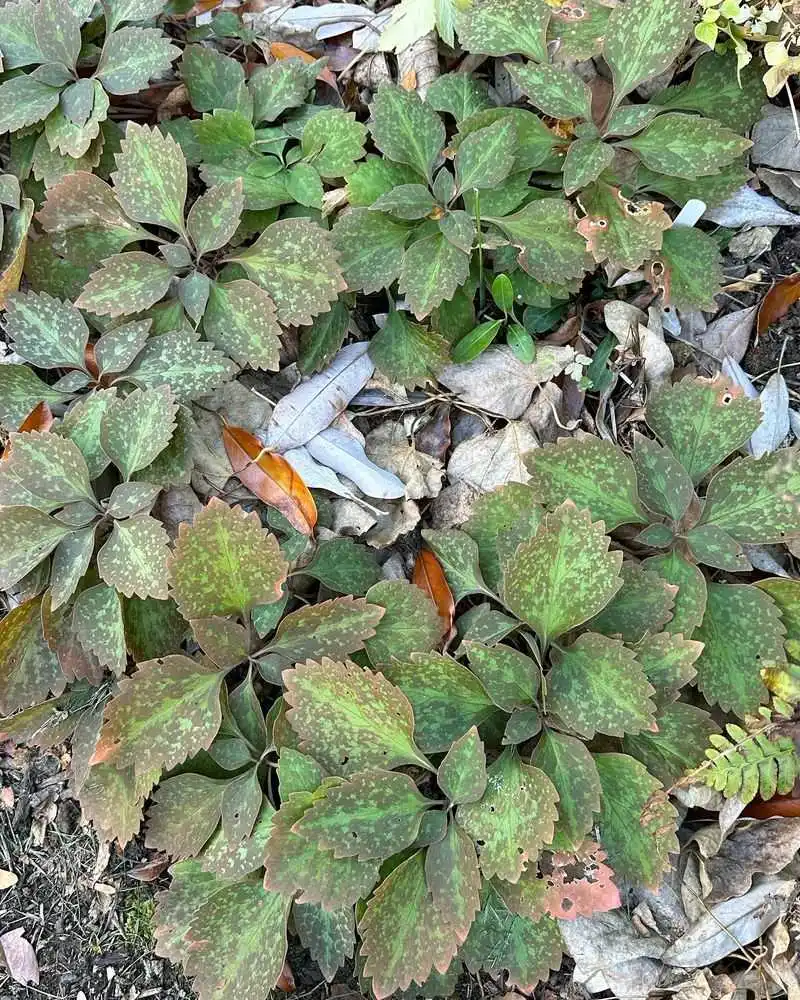
Pachysandra, with its glossy green leaves, creates a lush carpet that blankets shaded garden beds. This evergreen ground cover is particularly useful for combating erosion in areas with limited sunlight. Its dense foliage suppresses weeds, reducing maintenance tasks for gardeners. Pachysandra’s small, white flower spikes add interest in spring, making it more than just a functional plant. Ideal for under trees or along shaded pathways, Pachysandra offers a no-fuss solution to keeping soil in place while enhancing the garden’s visual appeal.
Lamb’s Ear
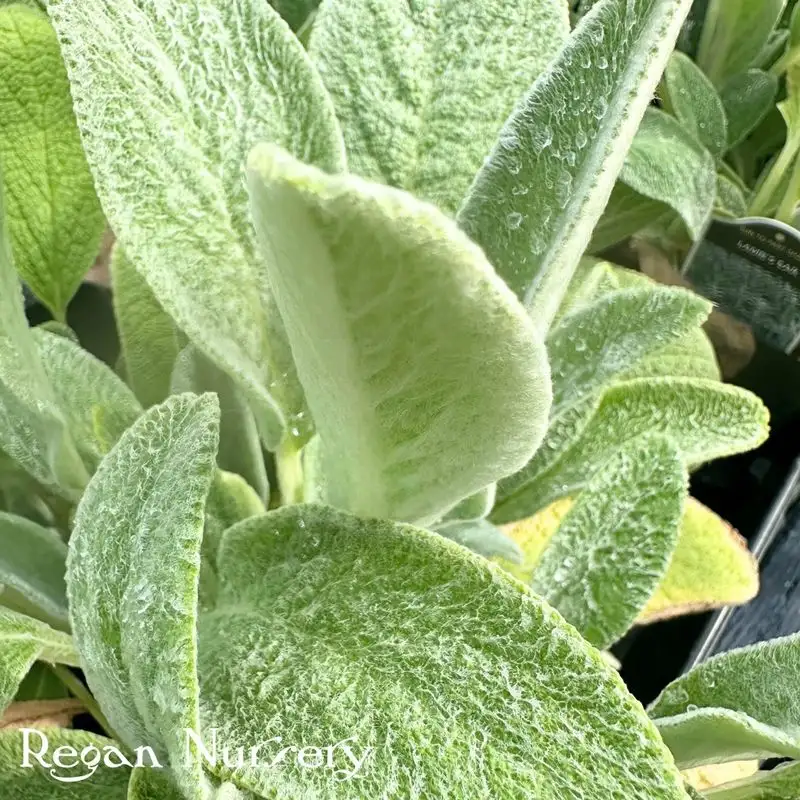
Lamb’s Ear captivates with its soft, silvery foliage that feels as inviting as it looks. Known for its ability to thrive in sunny, dry conditions, it makes an excellent ground cover for controlling erosion in challenging areas. The woolly leaves not only add visual interest but also deter pests, offering a practical advantage for gardeners. Lamb’s Ear forms dense mats that prevent soil erosion, particularly on slopes and banks. Its low-maintenance nature and unique texture make it a delightful addition to any landscape.
Bearberry (Arctostaphylos uva-ursi)
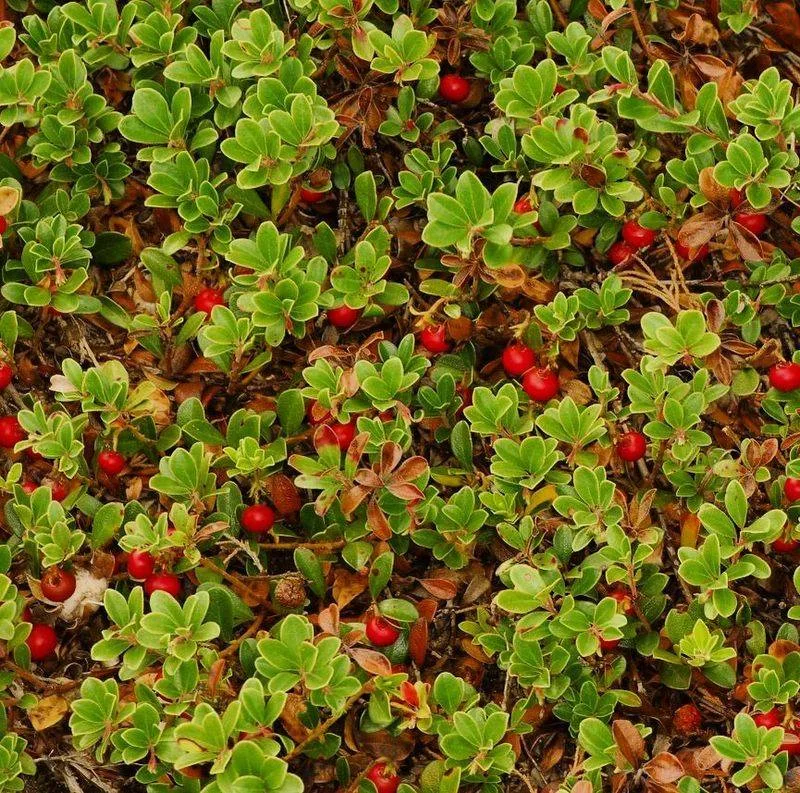
Bearberry, or Arctostaphylos uva-ursi, is a resilient evergreen shrub perfect for erosion control on sandy or rocky slopes. Its low-growing habit and spreading branches provide ample ground coverage, while its glossy leaves and red berries add beauty to challenging landscapes. Bearberry thrives in poor soil and requires little water once established, making it ideal for xeriscapes or coastal areas. Its ability to stabilize soil and resist drought conditions ensures it remains a reliable choice for gardeners looking to prevent erosion naturally.
Hosta
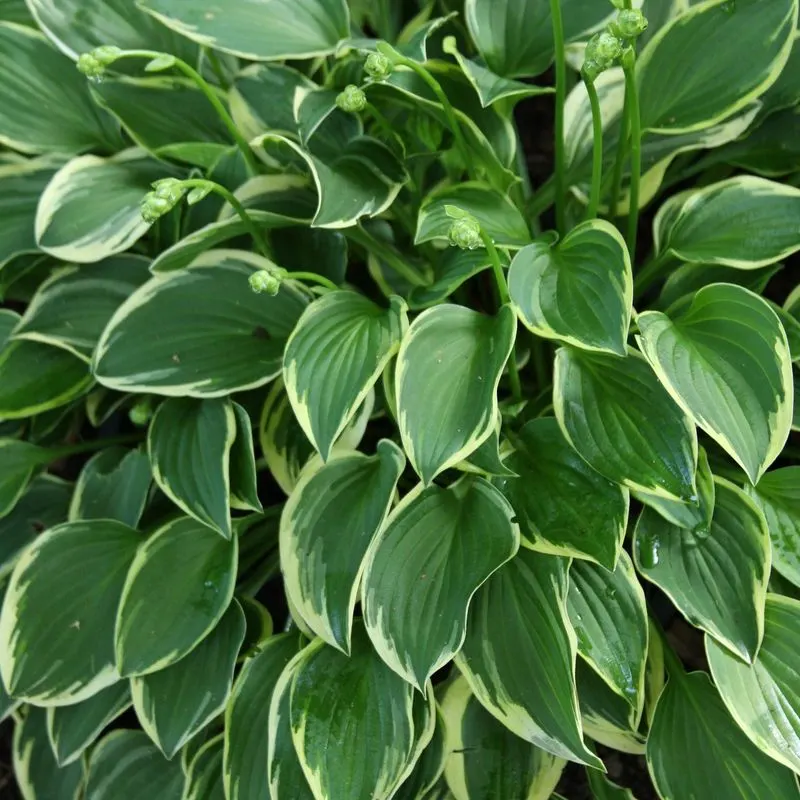
Hostas bring a touch of elegance to shaded gardens with their diverse leaf shapes, sizes, and colors. While primarily known for their ornamental value, Hostas also serve as effective ground covers, especially in shaded areas prone to erosion. Their broad leaves create a dense canopy that suppresses weeds and retains soil moisture, reducing the need for frequent watering. Hostas are easy to maintain and can thrive in a variety of soil conditions, making them a favorite among gardeners seeking both beauty and practicality.
English Ivy
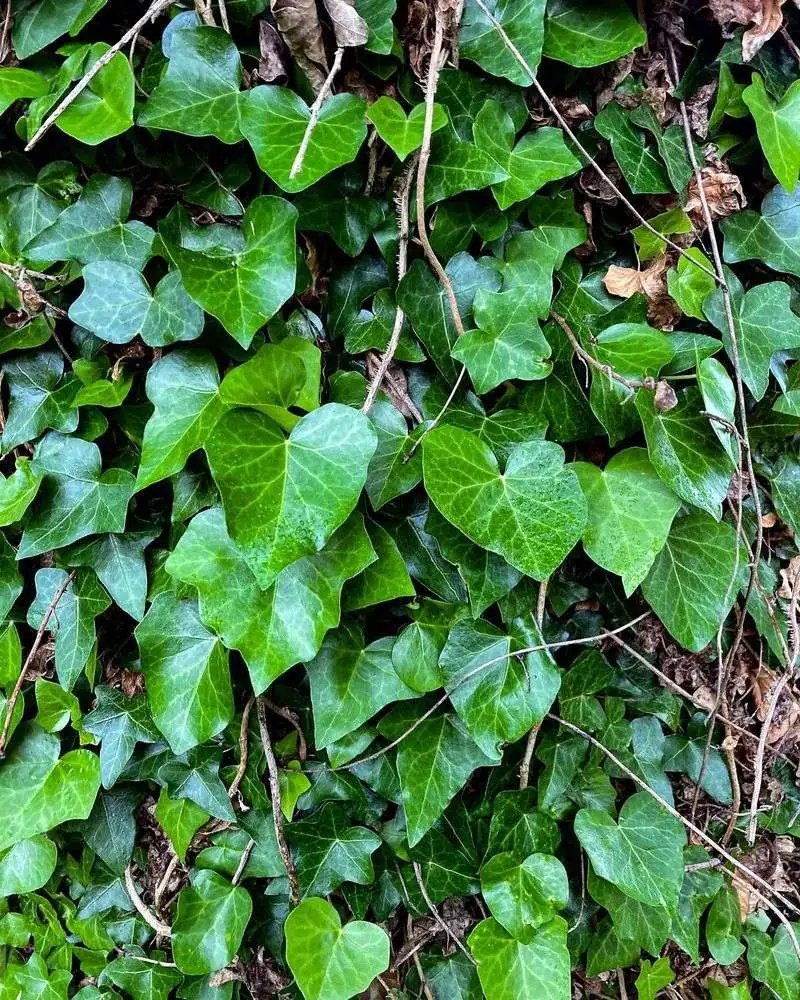
English Ivy is renowned for its ability to climb and cover surfaces, including walls and fences, with its glossy green leaves. This vigorous climber also excels as a ground cover, creating a dense mat that effectively prevents soil erosion. English Ivy thrives in shaded areas and adapts well to various soil conditions, making it a versatile choice for challenging landscapes. Its evergreen nature ensures year-round coverage, providing a lush backdrop even in winter. However, it requires management to prevent it from becoming invasive.
Blue Star Creeper
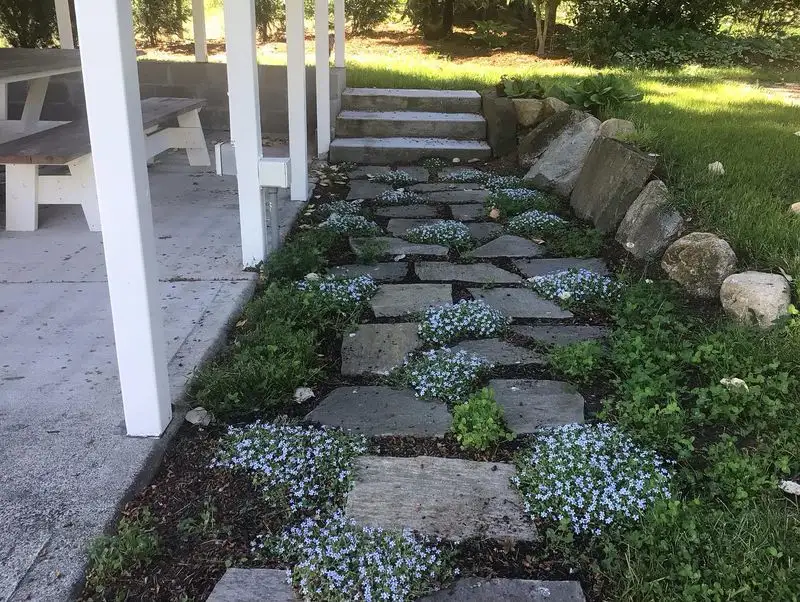
Blue Star Creeper adds a dainty touch to landscapes with its small, star-shaped blue flowers and delicate foliage. This ground-hugging plant is perfect for filling in gaps between stepping stones or as a low-maintenance lawn alternative. It thrives in partial to full sun, spreading quickly to form a dense mat that helps control soil erosion. Blue Star Creeper’s charming blooms attract pollinators, adding ecological value to gardens. Its resilience and aesthetic appeal make it a delightful choice for gardeners seeking a functional yet pretty ground cover.
Hernaria Glabra (Green Carpet)
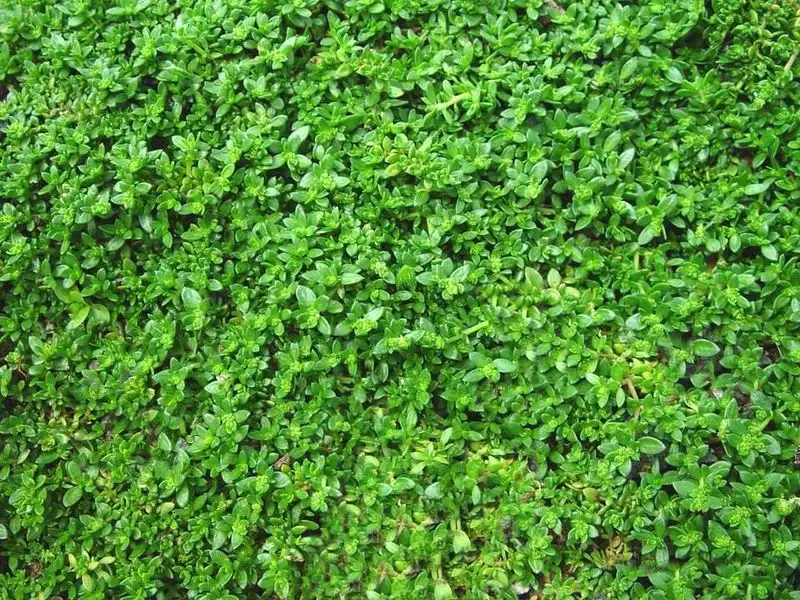
Hernaria Glabra, known as Green Carpet, lives up to its name by forming a dense, carpet-like mat across bare soil. This low-growing perennial is ideal for sunny spots, where its close-knit growth pattern effectively combats erosion. Green Carpet is drought-tolerant and requires little maintenance, making it a practical choice for gardeners seeking low-effort solutions. Its unobtrusive nature allows it to blend seamlessly into various landscapes, while its hardiness ensures it remains a reliable ground cover year-round.
Japanese Spurge (Pachysandra terminalis)
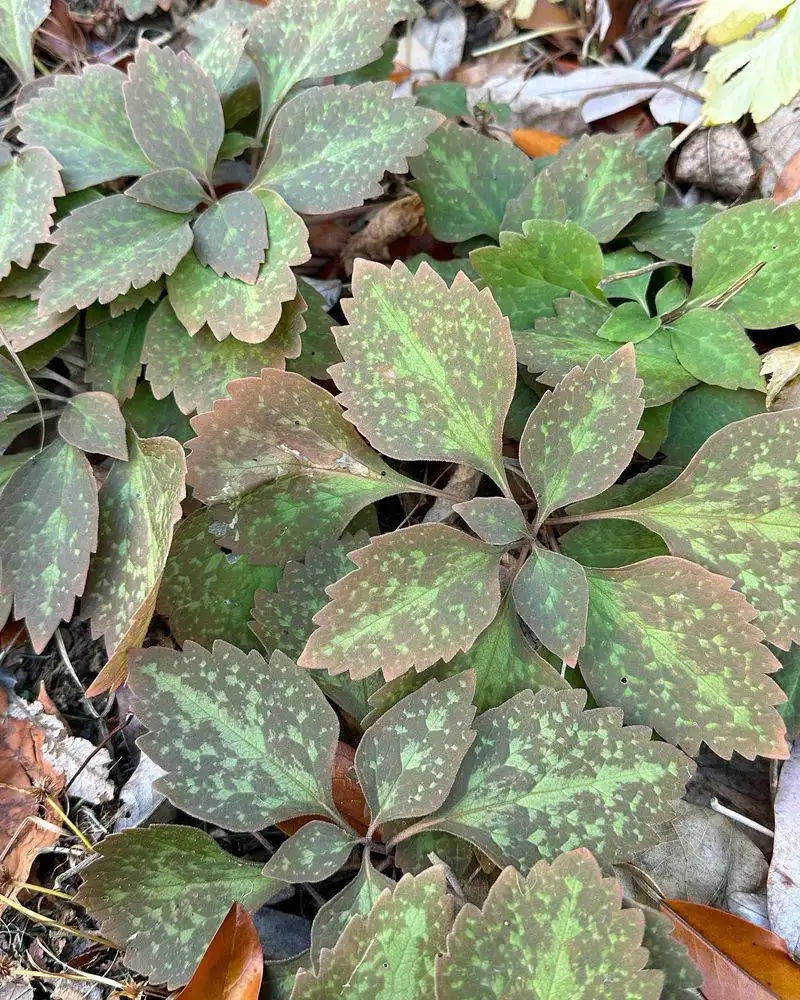
Japanese Spurge, or Pachysandra terminalis, is an evergreen ground cover that thrives in shaded areas, forming a lush green carpet. Its glossy leaves and small white flowers provide year-round visual interest while effectively preventing soil erosion. Japanese Spurge is particularly useful under trees or in woodland gardens where sunlight is limited. Its dense growth suppresses weeds, reducing garden maintenance. This hardy perennial requires little attention once established, making it a practical choice for those seeking beauty and functionality in their landscapes.
Snow in Summer (Cerastium tomentosum)
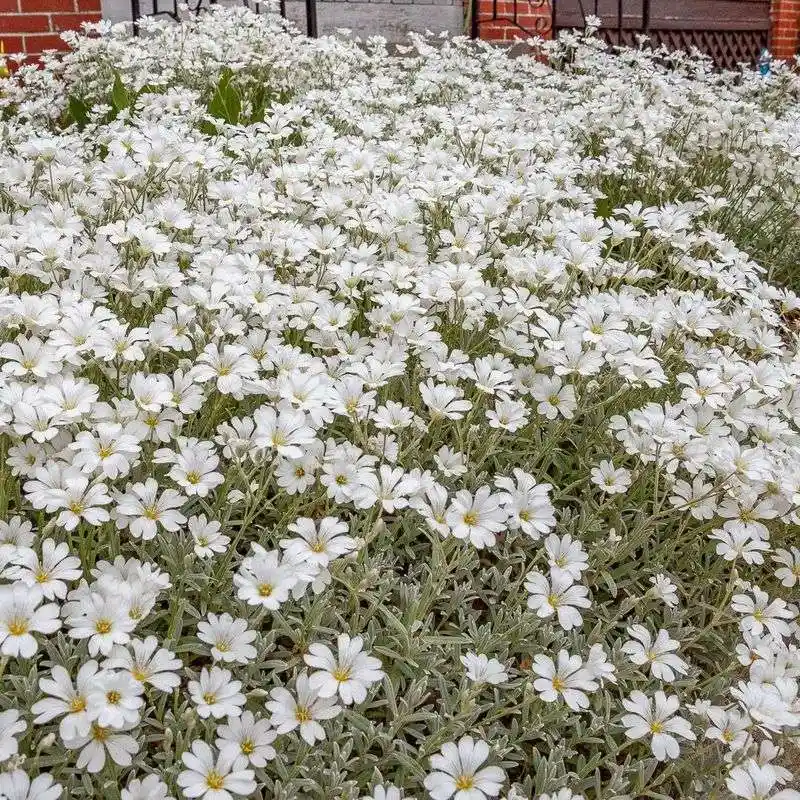
Snow in Summer, or Cerastium tomentosum, captivates with its silver-gray foliage and profusion of white blooms that resemble a fresh snowfall. This low-growing perennial thrives in sunny, dry conditions, making it suitable for rock gardens and slopes prone to erosion. Its ability to spread quickly ensures effective ground coverage, while its attractive appearance adds visual interest. Snow in Summer is drought-tolerant and easy to maintain, making it a favorite for gardeners seeking a stunning yet functional ground cover.
Vinca Major
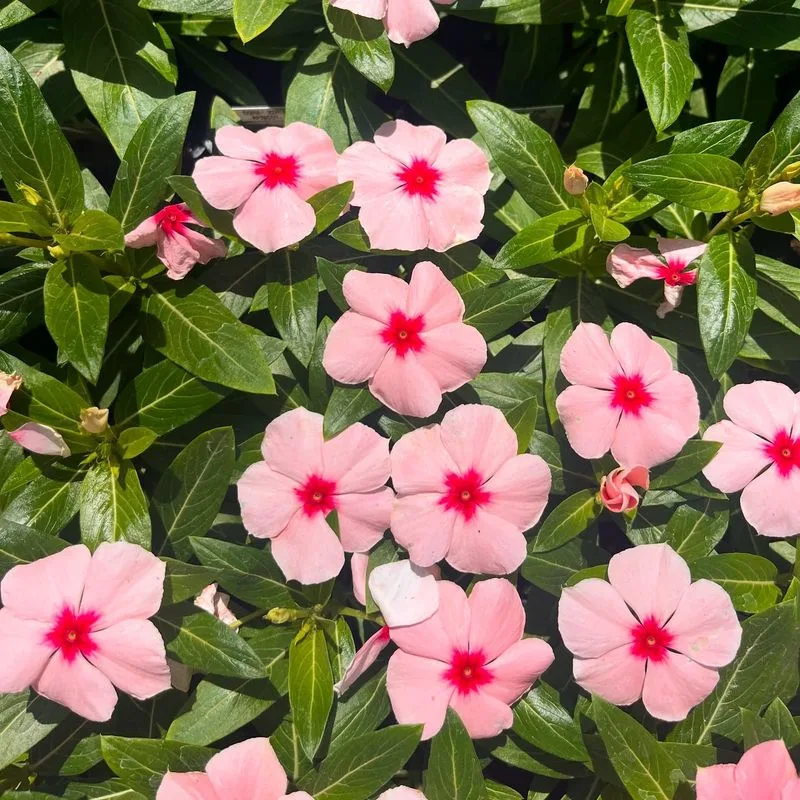
Vinca Major offers bold, glossy leaves and vibrant purple flowers, ideal for shaded garden corners. This vigorous ground cover is excellent for controlling erosion, thanks to its rapid spreading habit and dense foliage. Vinca Major thrives in damp, shaded conditions where other plants may struggle. Its resilience and low-maintenance needs make it a practical choice for gardeners looking to stabilize soil with minimal effort. The combination of eye-catching blooms and glossy leaves ensures this plant remains a garden favorite.
Blue Fescue
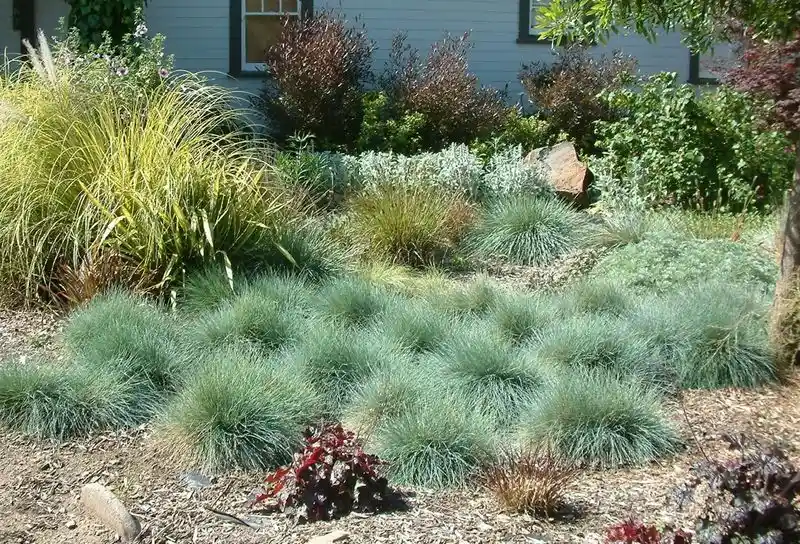
Blue Fescue stands out with its striking blue-gray foliage, creating a unique visual and textural contrast in the garden. This ornamental grass is perfect for sunny slopes where erosion control is essential. Its clumping habit and dense root system stabilize soil, while its drought-tolerance makes it a low-maintenance choice. Blue Fescue’s compact size and year-round color make it a versatile addition to garden borders or mixed plantings. Its distinctive hue brings a fresh, modern touch to landscapes, appealing to contemporary gardeners.

